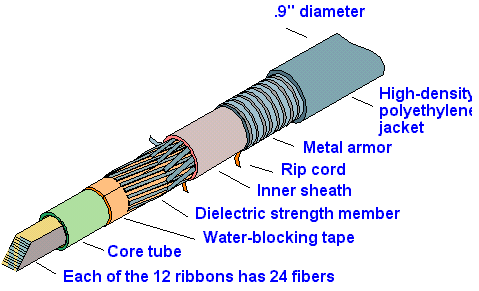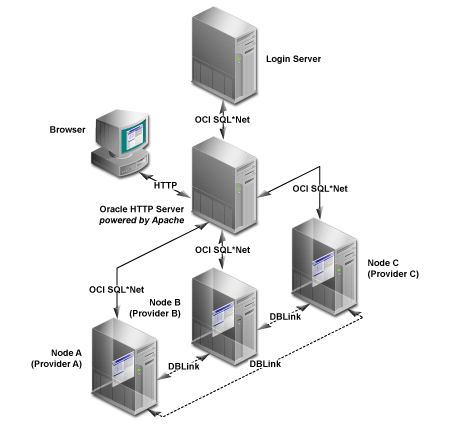(n.) A network is a group of two or more computer systems linked together. There are many types of computer networks, including:
What is a Local-Area Network (LAN)?
A local-area network (LAN) is a computer network that spans a relatively small area. Most LANs are confined to a single building or group of buildings, however, one LAN can be connected to other LANs over any distance via telephone lines and radio waves. A system of LANs connected in this way is called a wide-area network (WAN).Most LANs connect workstations and personal computers. Each node (individual computer ) in a LAN has its own CPU with which it executes programs, but it also is able to access data and devices anywhere on the LAN. This means that many users can share expensive devices, such as laser printers, as well as data. Users can also use the LAN to communicate with each other, by sending e-mail or engaging in chat sessions.
LANs are capable of transmitting data at very fast rates, much faster than data can be transmitted over a telephone line; but the distances are limited, and there is also a limit on the number of computers that can be attached to a single LAN.
Types of Local-Area Networks (LANs)
There are many different types of LANs, with Ethernets being the most common for PCs. Most Apple Macintosh networks are based on Apple's AppleTalk network system, which is built into Macintosh computers.The following characteristics differentiate one LAN from another:




. Tree Topology: This is a "hybrid" topology that combines characteristics of linear bus and star topologies. In a tree network, groups of star-configured networks are connected to a linear bus backbone cable.
Peer-to-peer Architecture
Often referred to simply as peer-to-peer, or abbreviated P2P, peer-to-peer architecture is a type of network in which each workstation has equivalent capabilities and responsibilities. This differs from client/server architectures where some computers are dedicated to serving the others. Peer-to-peer networks are generally simpler but they usually do not offer the same performance under heavy loads. The P2P network itself relies on computing power at the ends of a connection rather than from within the network itself.P2P is often mistakenly used as as a term to describe one user linking with another user to transfer information and files through the use of a common P2P client to download MP3s, videos, images, games and other software. This, however, is only one type of P2P networking. Generally, P2P networks are used for sharing files, but a P2P network can also mean Grid Computing or Instant messaging.
Types of P2P Networks
Collaborative Computing
Also referred to as distributed computing, it combines the idle or unused CPU processing power and/or free disk space of many computers in the network. Collaborative computing is most popular with science and biotech organizations where intense computer processing is required. Examples of distributed computing can be found at GRID.ORG where United Devices is hosting virtual screening for cancer research on the Grid MP platform. This project has evolved into the largest computational chemistry project in history. United Devices has harnessed the power of more than 2,000,000 PCs around the world to generate more than 100 teraflops of power. Most distributed computing networks are created by users volunteering their unused computing resources to contribute to public interest research projects.client/server architecture
Another type of network architecture is known as a peer-to-peer architecture because each node has equivalent responsibilities. Both client/server and peer-to-peer architectures are widely used, and each has unique advantages and disadvantages.
Client-server architectures are sometimes called two-tier architectures.
twisted-pair wire

coaxial cables

fiber optic

wide-area network
A computer network that spans a relatively large geographical area. Typically, a WAN consists of two or more local-area networks (LANs).
Computers connected to a wide-area network are often connected through public networks, such as the telephone system. They can also be connected through leased lines or satellites. The largest WAN in existence is the Internet.
Metropolitan Area Network
Short for Metropolitan Area Network, a data network designed for a town or city. In terms of geographic breadth, MANs are larger than local-area networks (LANs), but smaller than wide-area networks (WANs). MANs are usually characterized by very high-speed connections using fiber optical cable or other digital media.
Computers on a network are sometimes called nodes. Computers and devices that allocate resources for a network are called servers.

(v.) To connect two or more computers together with the ability to communicate with each other.
No comments:
Post a Comment